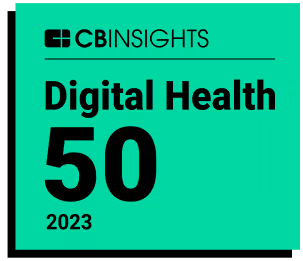How does the shift from HCC V24 to V28 affect healthcare providers, and how can they successfully navigate this transition?
In 2023, the Centers for Medicare and Medicaid (CMS) began a transition from the HCC V24 to V28 risk adjustment model. This transition has significant implications for healthcare providers and patients. Not only does it impact the funds providers receive for patient care, but it affects the way they handle HCC coding.
Importantly, this shift is taking place gradually, with risk adjustment relying on a blend of V24 and V28 until the transition is complete. As a result, healthcare providers now need to navigate both standards for HCC coding. That complicates the process of coding in the interim, especially because there are substantive differences between V24 and V28.
Among other changes, V28 reduces the number of ICD-10 codes that map to HCC codes from roughly 10,000 to roughly 8,000, while increasing the number of HCC groups from 86 to 115. The shift also removes approximately 3,000 diagnosis codes, adds over 250 new HCC codes, and changes the weighting assigned to various codes.
Because healthcare providers now need to apply both V24 and V28 models simultaneously, they need to make sure that each patient has two complete lists of relevant HCC codes (one for V24 and one for V28). To make that happen both reliably and efficiently, they should empower their medical professionals with helpful digital solutions, including AI-powered software for capturing all relevant diagnoses. They also need to ensure that clinicians, nurses, medical assistants, and coders have access to all the information they need – and that they share information effectively, including through pre- and post-appointment workflows.
For a deeper dive into how to adapt effectively to this shift, please see our whitepaper, The Impact of HCC V28 on Medical Groups: Strategies for a Successful Transition.



.png)













